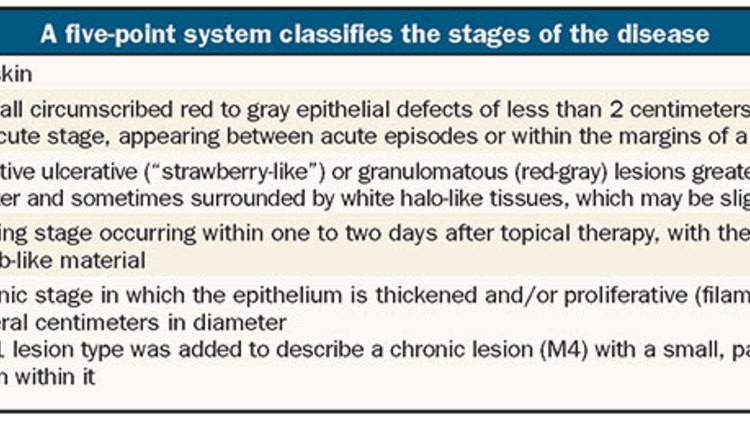The author is a University of Wisconsin Division of Extension agriculture agent in Kewaunee County.

Deciding when and how a dairy cow departs the farm is different on every operation. Making the decision to remove a cow from the herd is not always an easy one, but determining when the cow leaves and how is equally important.
Changing the vocabulary from cull cow to market cow is a way to focus on what kind of animals are leaving the dairy. According to FarmBench, dairy cows sold for slaughter make up about 6.6% of total farm sales per year. To put that into perspective, a 250-cow dairy could see between $60,000 and $100,000 a year in market cow sales.
Market cows create opportunity on the farm. Besides income from sales, removing market cows from the herd frees up space for younger, better producing cows with higher genetic value. There are also reduced labor costs, feed savings, and resource savings such as bedding and medication when removing inefficient cows from the herd.
Market cows are an asset
Dairy cattle are estimated to contribute 20% to 25% of the U.S. beef market. As a dairy producer, you should consider yourself a beef producer from the day that calf hits the ground to the day it leaves your farm. With that in mind, cows leaving the farm for beef should be considered market cows and not culls.
A market cow is an asset with value and opportunity. The definition of cull is to discard or destroy as inferior. As a beef producer, why would you want to send an inferior animal to market? A market cow should be a quality animal in good health, fit for transport to the processing plant.
Cows leave the herd under two conditions. The first is voluntary, which is often based on milk production and/or reproduction. The second is involuntary, which can be for a variety of health issues, but typically it is due to lameness, mastitis, or injury. According to a 1996 Animal and Plant Health Inspection Service (APHIS) survey, reasons why dairy cows leave the farm for slaughter were 27% reproduction, 27% udder/mastitis problems, 22% poor production, 15% lameness/injury, and the remaining 9% for disease, aggressive behavior, and other issues.
Ready to ride?
Deciding when and if a cow should be sent to market depends on farm protocols and management decisions. One factor that should remain constant throughout all farms is if a cow is fit for transport to the packing plant. According to the Transportation and Fitness-to-Travel Recommendations for Cattle from the American Association of Bovine Practitioners (AABP), farm personnel should be trained to access welfare of cattle on a daily basis and determine if an animal is fit for travel. Both Beef Quality Assurance (BQA) and the FARM Animal Care Program Version 4.0 include fitness for transport standards and guidelines based on AABP guidelines.
Assessing animals before shipping should include physical and health evaluations. Determining if a cow can travel today, if it needs to recover, or if it needs to be euthanized should be done with every animal leaving the herd. A simple set of questions (Table 1) adapted from AABP guidelines by Jennifer Van Os, assistant professor and extension specialist in animal welfare at the University of Wisconsin-Madison, addresses evaluation of cattle for transport.
It may be tempting to put a marginal cow on the trailer because you know there is a processing facility nearby. Don’t take for granted your market cows will be processed locally, though. A 2016 National Beef Quality Audit (NBQA) showed cows and bulls arriving at processing plants nationwide were in transit an average of 6.7 hours, with some riding over 24 hours. That does not include holding time at sale barns and time spent loading or unloading. Long transit times, multiple moves on and off trailers, and attempting to establish dominance with other cattle are all potential situations where even a moderately compromised cow can become injured or sick.
Make better beef
Holding a cow on the farm to recover from a condition is an important management and well-being decision. In addition, cows that appear healthy and in good condition typically bring better prices at market. Contrary to what many believe, dairy cattle contribute much more to the beef industry than just ground beef. According to the 2012 NBQA audit, 75% of individual dairy cow and/or bull carcasses are sold as whole cuts, specifically rear leg round cuts.
The NBQA audit also highlighted dairy carcass issues that can be addressed on the farm before cows are sent to slaughter. It showed dairy cattle have over twice as many rear leg injection lesions than beef cattle. These lesions appear in the high-value rear leg meat and must be cut away and discarded. Following the BQA standards and injecting cattle in the low-value neck muscle would significantly improve dairy carcass quality.
NBQA also found that 90% of dairy cows are too light muscled. While it is understandable that dairy cows would be lean and light muscled, holding back and feeding very thin cows (body condition score less than 2) will improve the likelihood of withstanding transport. Feeding a cow to a healthy weight will also raise muscle mass, which should pay off at slaughter with a more desirable market cow.
Every farm should establish a set of fitness for transport standards with herd managers and their veterinarian that results in marketing the best cow possible. It is the dairy producer’s responsibility to ensure the cow’s well-being until harvest.












